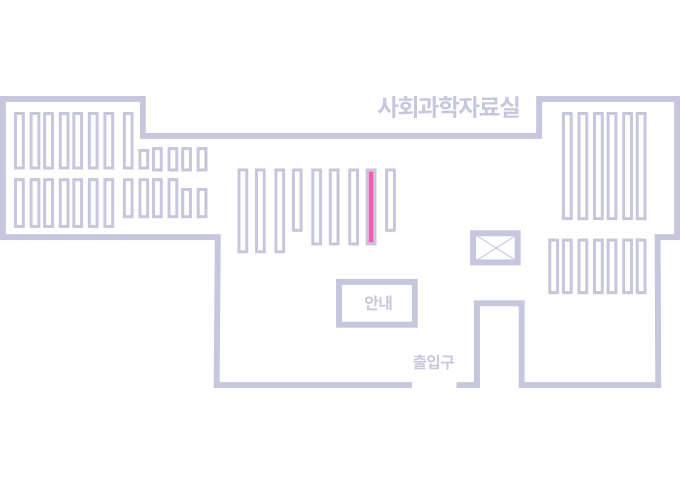권호기사보기
| 기사명 | 저자명 | 페이지 | 원문 | 기사목차 |
|---|
| 대표형(전거형, Authority) | 생물정보 | 이형(異形, Variant) | 소속 | 직위 | 직업 | 활동분야 | 주기 | 서지 | |
|---|---|---|---|---|---|---|---|---|---|
| 연구/단체명을 입력해주세요. | |||||||||
|
|
|
|
|
|
* 주제를 선택하시면 검색 상세로 이동합니다.
Title page
Contents
Executive summary 1
1. Introduction 2
2. The cost of no EU single market 4
3. Conceptualising European defence industrial policy 7
4. The European defence sector 10
5. A European approach to increase military equipment output at reasonable costs 14
6. Conclusions 16
References 18
Table 1. Estimated costs for third-generation main battle tanks in four countries 5
Table 2. Estimated costs for 155mm self-propelled howitzers, selected countries 6
Table 3. Global top 10 and European top 10 defence companies by turnover, 2022 11
Figure 1. Defence spending in the EU (left scale) and spending on military equipment (right scale), % of GDP 3
Figure 2. NATO members' defence and equipment spending, 2014 vs 2024, % of national GDP and of total defence expenditure, grouped by NATO commitments met 3
Figure 3. Military spending, 2023, $ billions, nominal and military purchasing power parity adjusted 5
Figure 4. Self-propelled howitzer cost per unit and production annual capacity 6
Figure 5. Conceptualising defence/military industrial policy 7
Figure 6. Timeline of EU defence initiatives 8
Figure 7. Stock price evolution of major global and European defence companies 12
Figure 8. Public R&D spending on defence, % of total public R&D expenditure, major developed economies 14
Boxes
Box 1. An overview on EU defence initiatives and structures 9
Box 2. Examples of defence joint ventures 12
Box 3. Industrial policy and long-term needs, European defence to foster innovation 13
*표시는 필수 입력사항입니다.
| *전화번호 | ※ '-' 없이 휴대폰번호를 입력하세요 |
|---|
| 기사명 | 저자명 | 페이지 | 원문 | 기사목차 |
|---|
| 번호 | 발행일자 | 권호명 | 제본정보 | 자료실 | 원문 | 신청 페이지 |
|---|
도서위치안내: / 서가번호:

우편복사 목록담기를 완료하였습니다.
*표시는 필수 입력사항입니다.
저장 되었습니다.